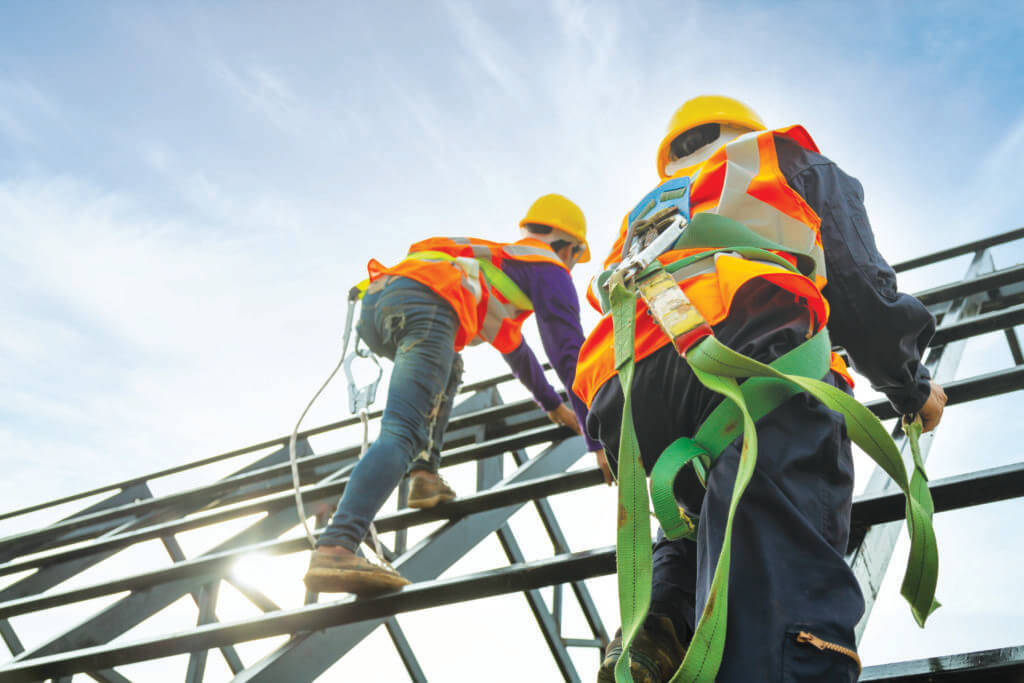All too often in our work we find organisations referring to “hazards” and “risks interchangeably. Understanding the distinct difference between these two concepts is not just a matter of semantics. Let’s demystify these terms with examples to illustrate their unique roles in maintaining a safe work environment.
What’s a Hazard?
A hazard is anything that has the potential to cause harm. This could be a substance, process, practice, or situation. Hazards are inherent properties or conditions; they have the potential for harm but do not guarantee it. The identification and elimination of hazards forms the basis of effective risk management.

What’s a Risk?
Risk, on the other hand, is about the probability (likelihood) that a person will be harmed by the hazard and the severity (impact) of the harm. Risk therefore is a function of hazard exposure and consequence, providing a measure of the extent to which someone might be affected.
Let’s take a shark as an example. A shark swimming in the ocean is a hazard but the risk of harm only appears if we jump in for a swim near that shark. Likewise, while lightning itself is a hazard, the risk of harm increases if we go and stand out in a field during an electrical storm.
Psychosocial Hazards and Risk
Physical hazards and their associated risks tend to have linear relationships. Meanwhile, when it comes to psychosocial hazards, relationships between cause and effect, including those of likelihood and severity of impact, are somewhat more complicated and multifactorial. When assessing the risk associated with a psychosocial hazard, we need to keep a few things in mind:
- Workers are often exposed to more than one psychosocial hazard at a time – it’s not typical for a psychosocial hazard to be present in the absence of other psychosocial hazards.
- Psychosocial hazards are known to interact with one another or even combine – think of it like a snowball effect, where one problem leads to another, making the overall situation much worse.
- The risk of harm from the same psychosocial hazard will differ from one person to the next due to a variety of individual biopsychosocial factors. These can include what is going on for a person in terms of personal life stressors, state of physical and mental health, social supports, coping mechanisms, personality traits etc. Every individual coming into the workplace has their own dynamic psychosocial risk profile.
For these reasons, it’s important for organisations to fully understand their psychosocial landscape and implement control measures that address multiple psychosocial hazards at once and that are less reliant on opt-in individual level interventions.
Let’s connect!
To learn more about your organisations psychosocial landscape and how to implement control measures that address multiple psychosocial hazards at once, click below or alternatively you can connect with Karolina Dobson, Head of Safety Works direct on:
m: +61 404 766 769
e: karolina.dobson@safetyworks.com.au




